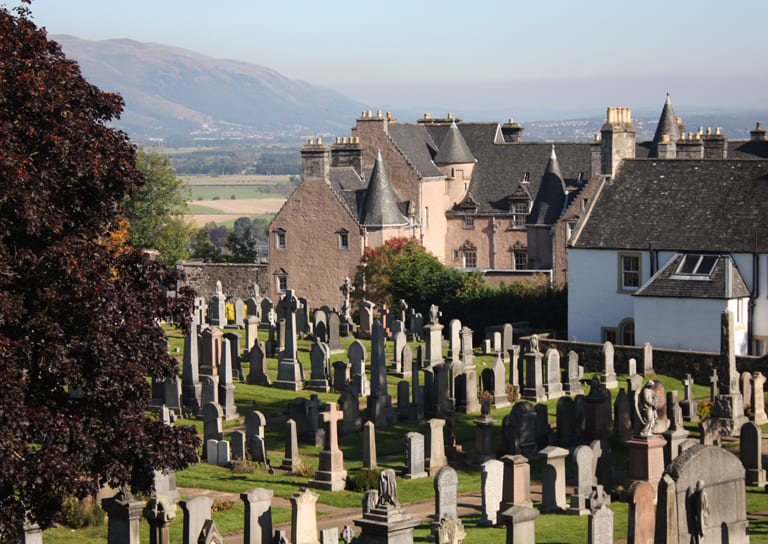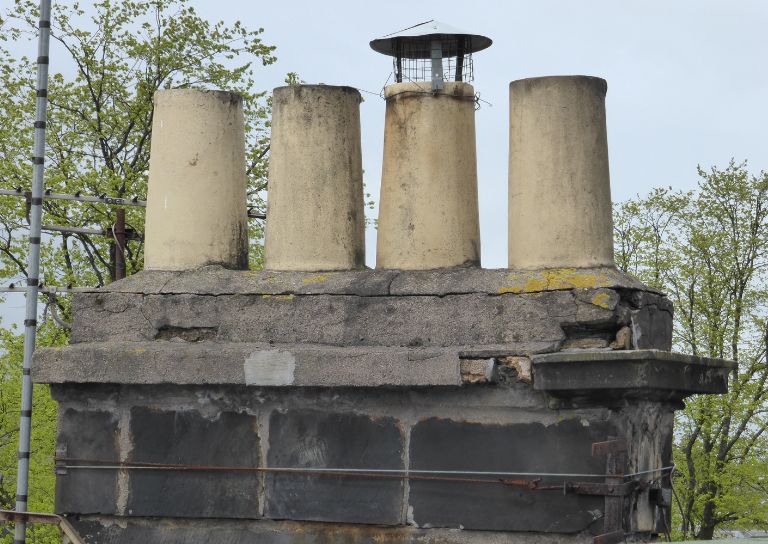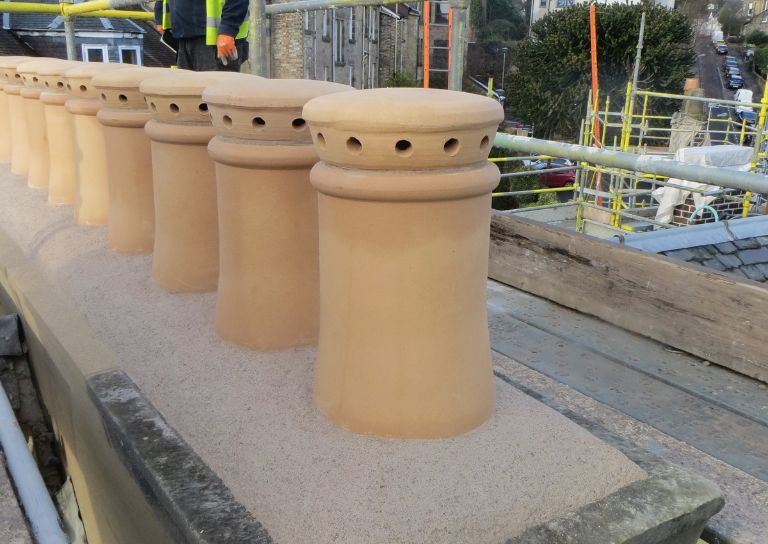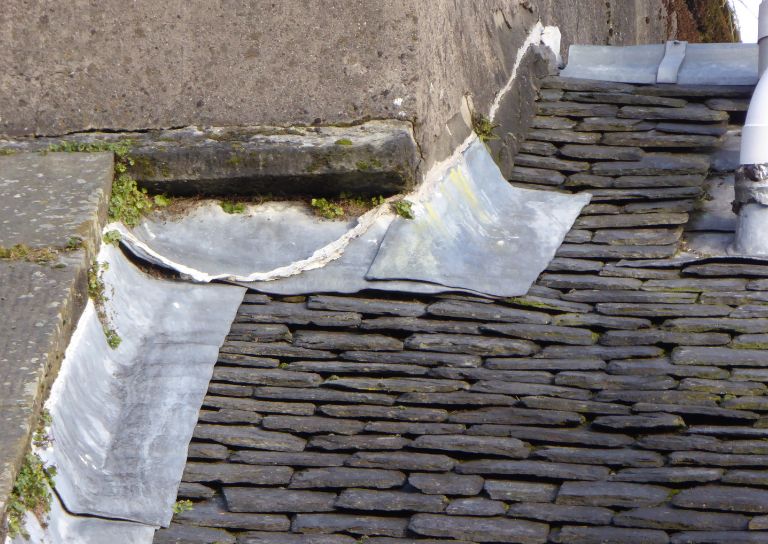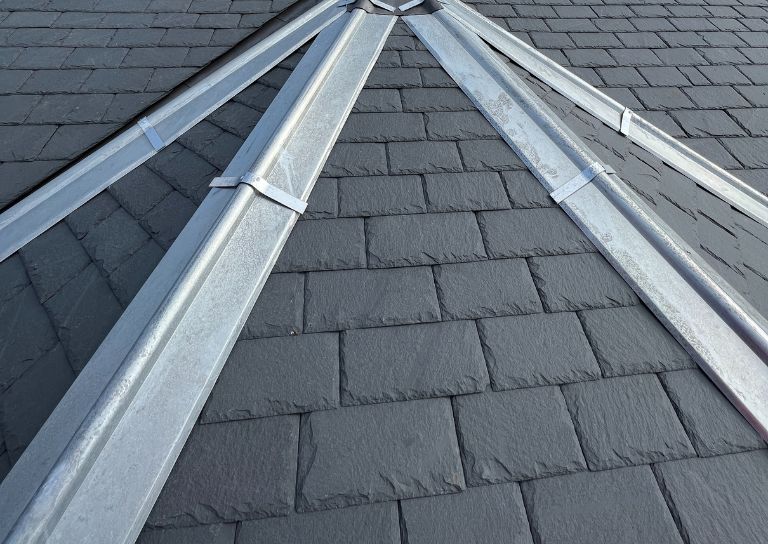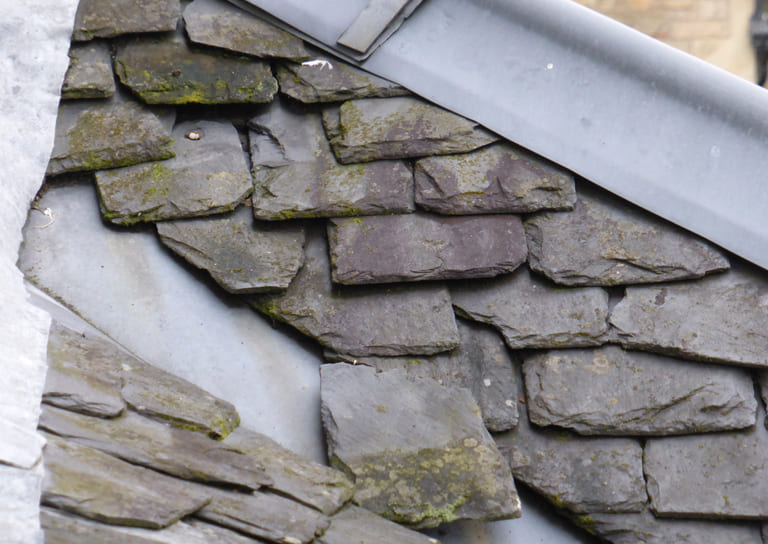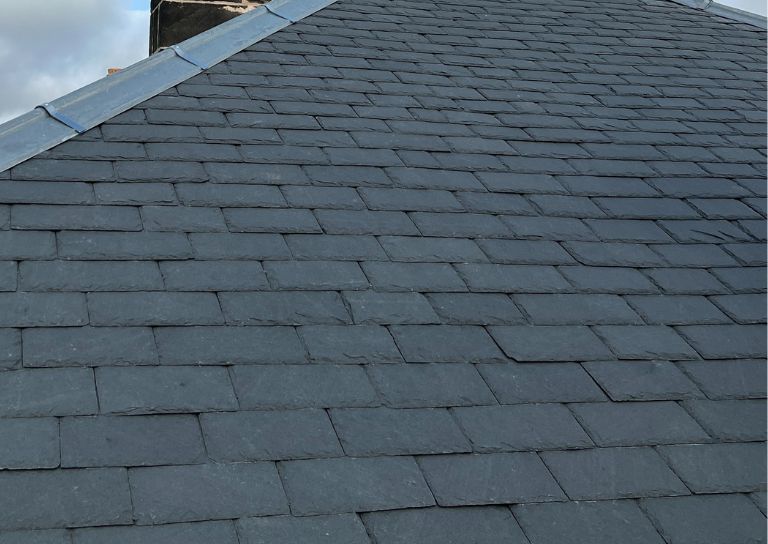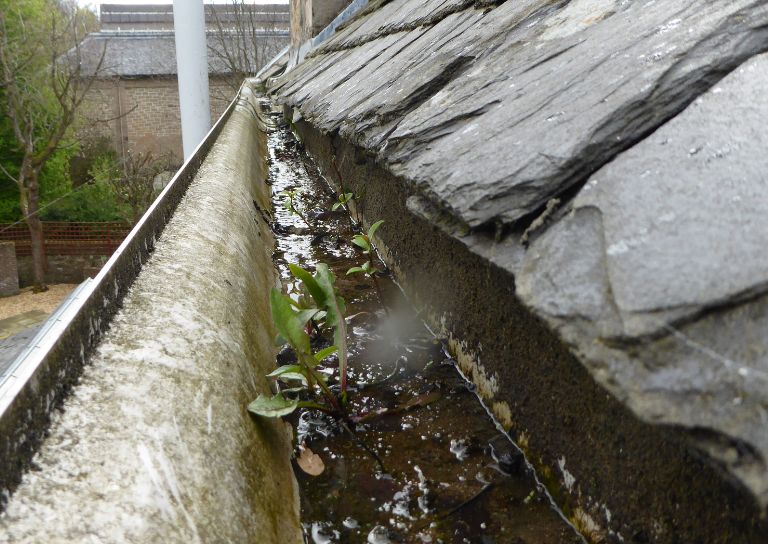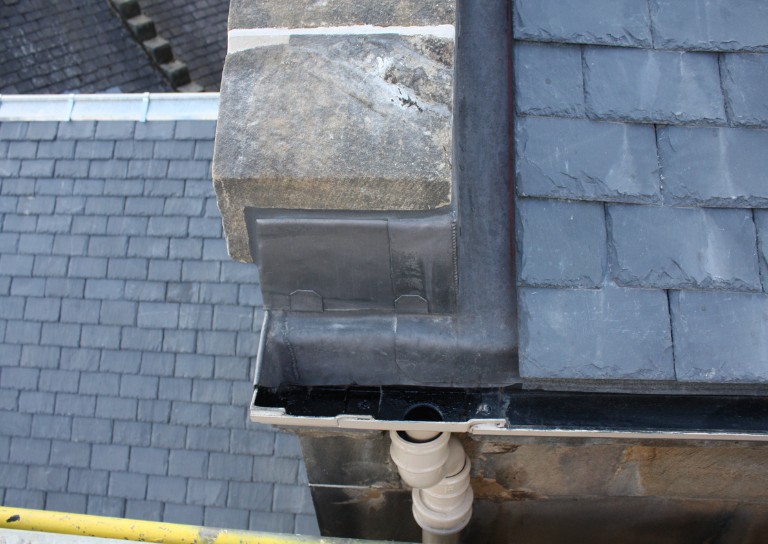- Home
- Our Work

- Stirling's Story

- Blog
- Beechwood House and the Transatlantic Slave Trade

- New Retrofit Service now available for Traditional Buildings Health Check Members

- Retrofitting Traditional Buildings: Chimneys

- SCHT 20: Championing Women in Construction
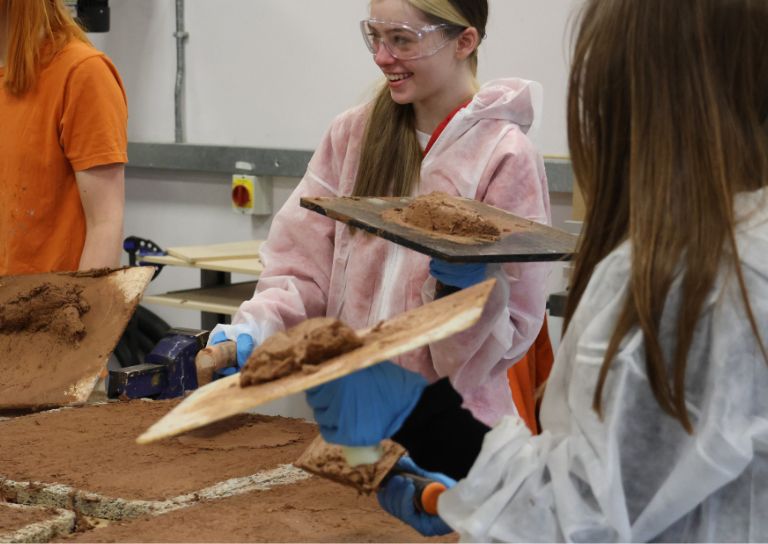
- Stirling's Lost Swimming Pools
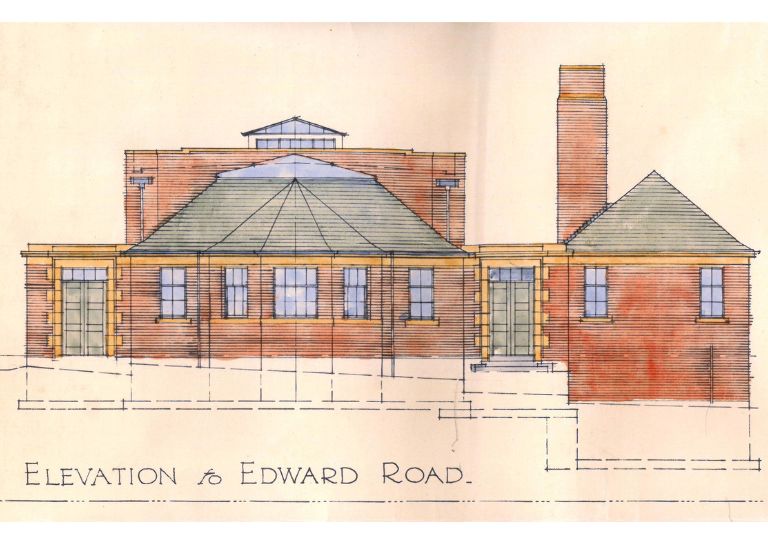
- Women in Construction at Bannockburn House
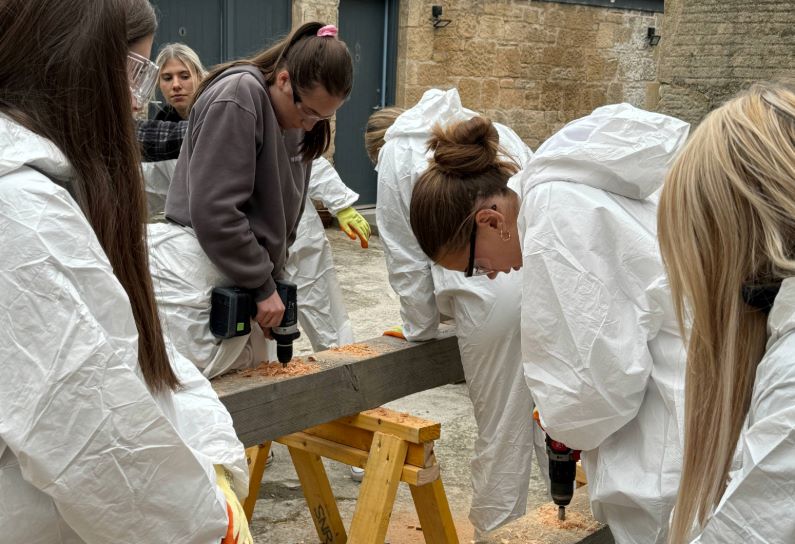
- Avenues to the Past: Stirling’s Historic Streets Exhibition

- Retrofitting Traditional Buildings

- Retrofitting Traditional Buildings: Windows

- Statement on Langgarth House

- Guest Blog: Dementia Friendly Heritage Interpretation

- SCHT Grant Conditions: Owners Associations
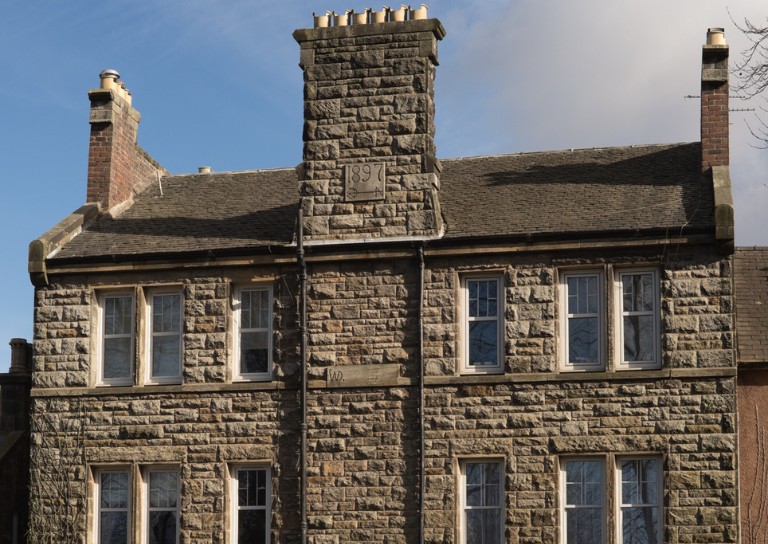
- Stirling Business Awards 2025

- What is a Conservation Area
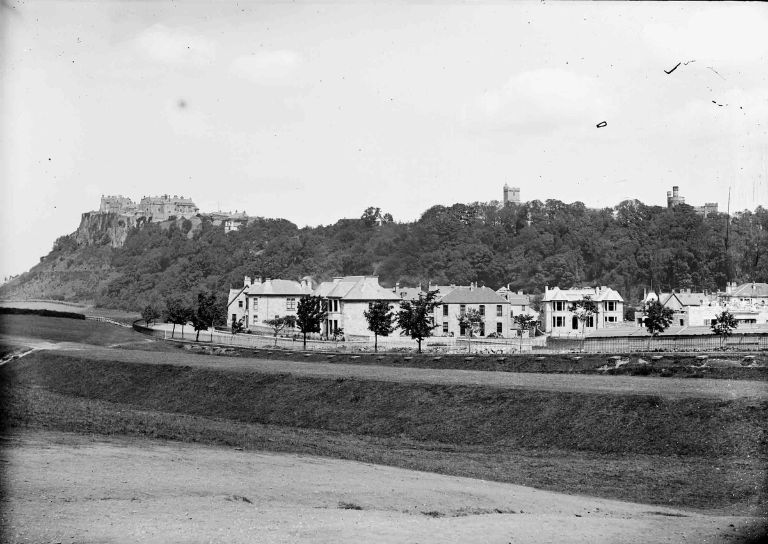
- 20 Great Buildings of Stirling

- Building Resilience: Maintaining Traditional Buildings

- Architects and The Thistle Property Trust

- World Heritage Day: Exploring Hayford Mill

- Community Consultation launched for Stirling’s Heritage Strategy

- SVE Inspire Awards September 2024

- Reminiscence Art Project
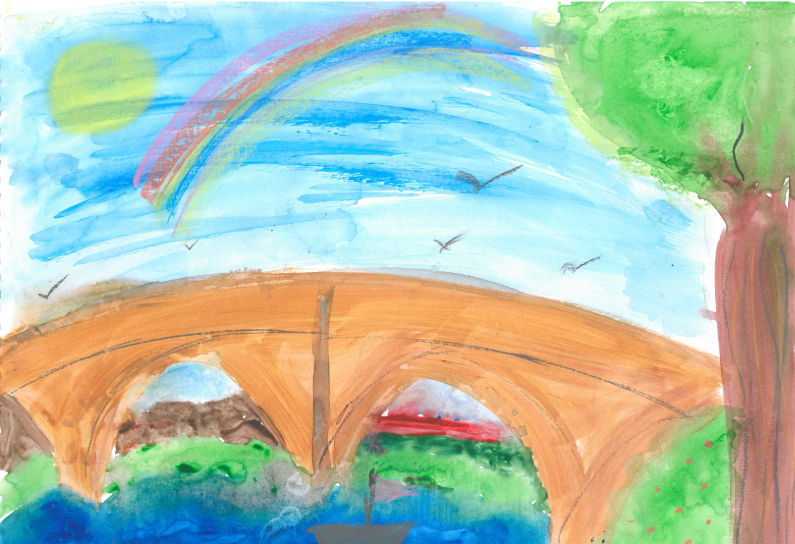
- On the European Stage: Preserving by Maintaining conference, Bratislava

- The Abolition Movement in Stirling

- Shopping Arcades

- Retrofitting Traditional Buildings: Insulation

- Retrofitting Traditional Buildings: Climatic Adaptation
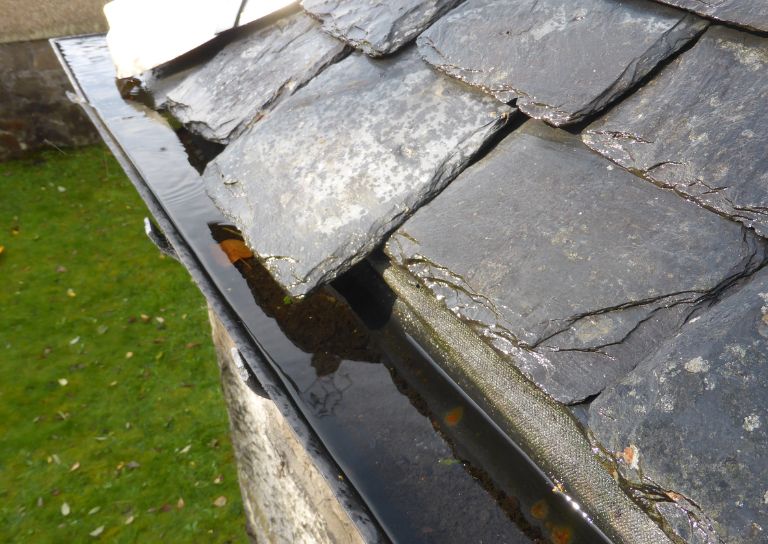
- Kings, Wolves and Drones: 20 years of care and repair at Stirling City Heritage Trust

- Practical Workshop on Retrofitting Insulation with A. Proctor Group
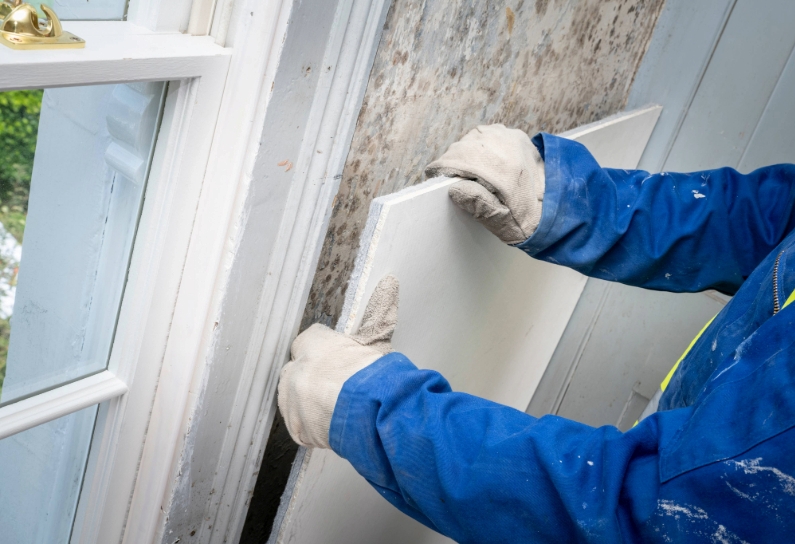
- Marking the 80th anniversary of VE Day
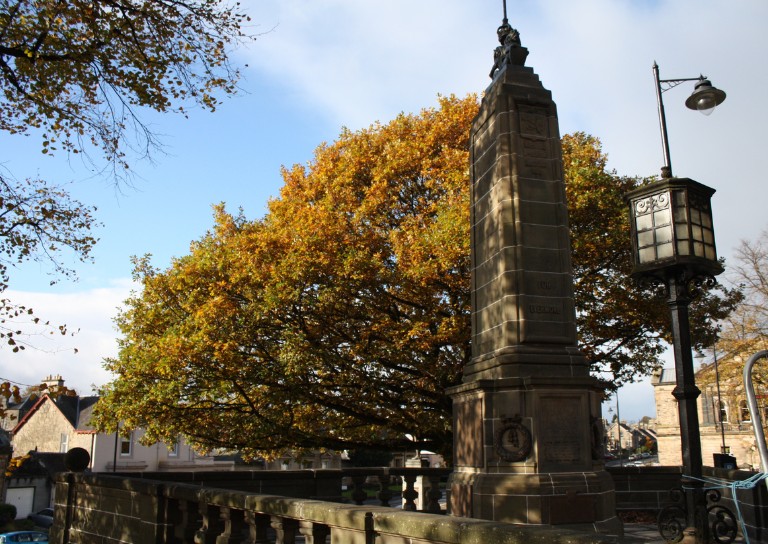
- Walker Family Visit

- Retrofitting Traditional Buildings: Fabric First

- Supporting traditional building repair in Stirling
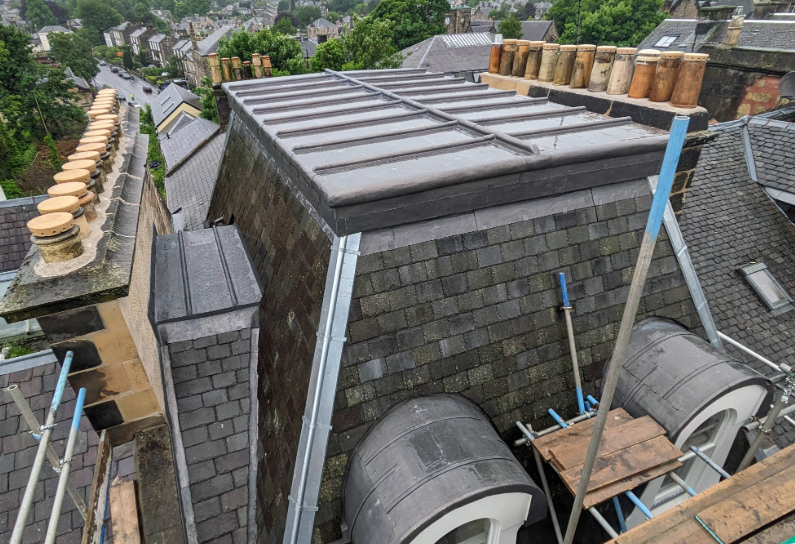
- Stirling's Historic Jails

- Ghost Tales from Stirling

- Stirling Reminiscence Box

- Stirling City Heritage Trust at 20

- Retrofit Event: Meet the Suppliers

- Snowdon House and The West Indies

- Miss Curror and the Thistle Property Trust

- Dr Lindsay Lennie retires from Stirling City Heritage Trust
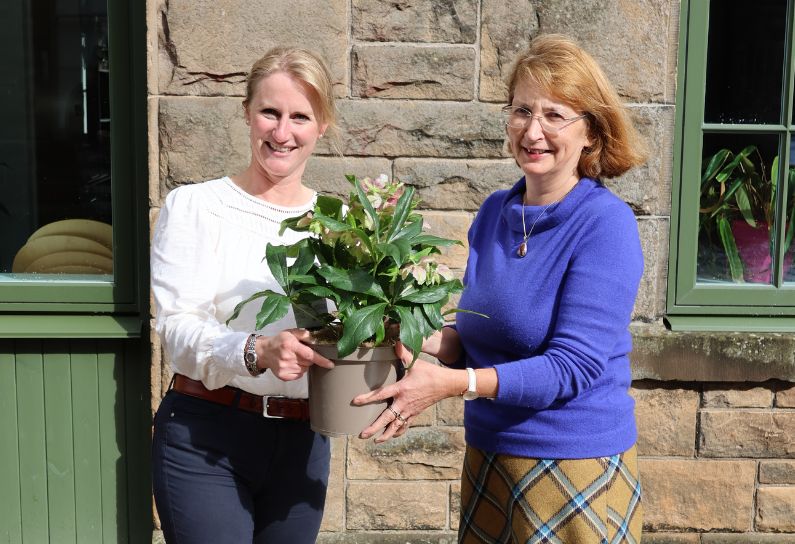
- Stirling’s Streetscape Stories: Photography Workshop

- Level 3 Award in Energy Efficiency for Older and Traditional Buildings Retrofit Course (2 Day)

- Stirlingshire’s Highland Games

- Creative careers in the heritage sector

- Postcards From Stirling

- Stirling’s Gala Days

- Building Surveying Student Intern at Stirling City Heritage Trust

- Heritage Trail: Stirling Walks

- Local History Resources

- Stirling Through the Decades

- Stirling’s STEM Pioneers

- Traditional Skills: Signwriting

- Christian MacLagan, a pioneering lady, but born too soon?

- Traditional Shopfronts in Stirling

- Stirling History Books for World Book Day

- My Favourite John Allan Building by Joe Hall

- My Favourite John Allan Building by Lindsay Lennie

- My Favourite John Allan Building by Andy McEwan

- My Favourite John Allan Building by Pam McNicol

- Celebrating John Allan: A Man of Original Ideas

- The Tale of the Stirling Wolf

- Stirling: city of culture

- Christmases Past in Stirling

- Stirling’s Historic Graveyards

- Top 10 Tips for Architectural Photography

- An Interview with David Galletly

- Springtime in Stirling

- The Kings Knot – a history

- A Future in Traditional Skills

- Robert Burns’ First Trip to Stirling

- Stirling’s Witches

- Stirling’s Ancient Wells

- An architecture student’s take on the City Of Stirling

- Ronald Walker: Stirling’s Architect

- Stirling’s Statues

- Stirling’s Wee Bungalow Shops

- Stirling’s Historic Hospitals

- Women in Digital Innovation and Construction

- Heritage at home: 8 of the best online heritage resources

- Stirling featured at virtual heritage conference

- Five of Stirling’s greatest John Allan buildings

- Women in Construction – Stirling event report

- Scotland’s trailblazing women architects

- Stirling’s Heritage: Spotlight on The Granary

- TBHC Scheme now open to properties in Dunblane and Blairlogie

- How drones help us inspect traditional buildings

- Hazardous Masonry & Masonry Falls

- Mason Bees: What’s the Buzz?

- Stirling Traditional Skills Demonstration Day Success!

- Floating Head Sculpture at Garden Glasgow Festival 1988

- The story behind Paisley Abbey’s Alien gargoyle

- Cambuskenneth Abbey

- Stirling City Heritage Trust Publications

- Sharing Memories: Taking '20 Great Buildings of Stirling' into the community

- William Wallace Statues In Stirling

- Coronations and Royal Christenings in Stirling

- The development of King's Park

- Energy efficiency project awarded grant from Shared Prosperity Fund

- Inspiring the Future: Stirling City Heritage Trust's Women in Construction Event at Wallace High

- Doors Open Days Talk: Who Built Stirling?

- 10 Years of the Traditional Buildings Health Check

- Growing up in Stirling: A Night of Reminiscence at The Smith

- SCHT visit to Brucefield Estate, Forestmill, Clackmannanshire

- Statement on Christie Clock

- Stirling’s Lost Skating Heritage

- Laurelhill House and the West Indies

- Beechwood House and the Transatlantic Slave Trade
- About Us

- Support Us

- Contact

Retrofitting Traditional Buildings: Climatic Adaptation

One of the most significant impacts of climate change affecting traditional Scottish buildings is changes to annual rainfall volumes. Over the past few decades, the annual rainfall in Scotland has increased significantly, with this trend predicted to continue (Scotland's Environment, 2023). Water can be a major cause of damage to traditional properties, as it can penetrate the building fabric. This causese issues such as dampness, masonry damage and timber decay, in addition to providing sustenance to plant life, such as moss and ivy, which can cause further issues. Another potential problem linked to predicted weather changes and increased rainfall is increased humidity, which may cause building fabric elements to decay at an accelerated rate.
Through a combination of effective maintenance and retrofit interventions, it’s possible to ensure Scotland’s traditional buildings are better equipped to deal with the changing climate.
Chimneys
The highest part of a traditional roof structure is likely to be the chimney pots (if present). A simple alteration which can improve the ability of traditional properties to deal with rainwater is the installation of ventilated chimney cowls. Chimney cowls are a type of cap which attaches to the top of a chimney pot, providing a protective covering and preventing rainwater falling directly into the building via the flue. Chimney pointing & haunching also plays a role in the weather resistance of traditional buildings. Defective pot haunching, or defective pointing on the stack itself, may permit water ingress. Chimney pot haunching and stack pointing should be subject to regular inspections as part of a planned maintenance plan for the property.
Flashings
Roof flashings are also important building components, they direct water from the roof toward rainwater goods. Flashings are often formed from lead or zinc and are shaped to follow the lines of the roof structure, commonly being installed over junctions between roofing components, such as at ridges and valleys. Due to their exposed positioning, flashings can degrade over time, so they should be regularly inspected. To enhance the ability of a traditional building to shed rainwater, installing additional and more robust lead details can be considered, though this may have a significant visual impact and may require statutory consent.
Roof covering
The roof covering plays a vital role in shedding water from a traditional building. Many traditional properties have slate roofs. Whilst slate is a hardwearing material which can last for over a century, it can still suffer damage. Strong winds, nail sickness and broken slates are common issues which result in an incomplete roof covering, creating weak points through which water can enter the building and cause damage. To reduce the risk of such issues, it is important that roofs are regularly inspected and necessary repairs performed in a timely manner. Repairs to slate roofs should only be performed by competent roofing contractors and should be ‘like-for-like’, using slates of an appropriate type to match the existing roof covering, secured with non-ferrous nails to reduce the risk of future nail sickness.
Rainwater Goods
Rainwater goods, such as gutters and downpipes, direct water away from the property and into the drainage system. To function effectively, it’s important that rainwater goods are in good condition and of sufficient size to deal with expected rainfall volumes. However, as rainfall volume in Scotland has, and will continue to, increase, some rainwater goods are unable to shed rainwater quickly enough, causing gutters to overflow and saturating masonry. Not only is saturated masonry at risk of structural damage, but damp materials also struggle to insulate buildings effectively, increasing heat loss from within properties. To ensure traditional buildings are best placed to deal with changing weather patterns, rainwater goods should be subject to regular inspection and maintenance. Simple tasks, such as clearing gutters on a bi-annual basis, can help to prevent issues, whilst in areas of severe rainfall, gutters or downpipes which are of a larger diameter may be installed, please note that this may require statutory consent. The ability of a traditional property to deal with increased rainfall may also be increased by altering masonry and leadwork details such as drips and string courses. These components help buildings to shed water away from their external walls, reducing the risk of water ingress or masonry saturation and associated problems.
Preventing Excess Humidity
To effectively control the moisture content of a building’s interior buildings must have sufficient ventilation. Many traditional properties rely upon having a vapour-permeable building envelope to ensure they can effectively regulate their internal moisture levels. To maintain adequate levels of ventilation, it’s important to ensure that original features such as solum vents are well maintained and that modern alterations to the building fabric do not compromise the breathability of the building. Certain modern insulation materials installed to improve energy efficiency are not particularly vapour permeable, which can result in the ventilation within a traditional property being compromised. Therefore, when installing insulation within a traditional property it is important to ensure that vapour permeable materials are used. Additional retrofit solutions for improving ventilation include installing ventilation grilles to sash and case windows, installing additional wall vents, fitting roof vents and replacing roofing felts which are not breathable when undertaking larger re-slating works. Dehumidifiers and disposable moisture traps may also help to regulate internal moisture levels, helping traditional buildings cope with the effects of Scotland’s changing climate.
Supporting you to love your building
By owning and caring for your traditional property, you are helping to protect it for the future, preserving Stirling’s nationally significant historic environment. Looking after an older property is not simple, tackling repairs can be a daunting task, which is why the not-for-profit Traditional Buildings Health Check scheme was set up.
We are here to help you look after your property, assisting you with diagnosing problems, planning the next steps in maintaining your building and applying for grant funding.
Read our other Retrofit Blogs
- Retrofitting Traditional Buildings
- Retrofitting Traditional Buildings: Fabric First
- Retrofitting Traditional Buildings: Windows
- Retrofitting Traditional Buildings: Insulation
- Retrofitting Traditional Buildings: Chimneys
Further Information
Further Information relating to climate change, and the adaptation of traditional Scottish properties to deal with Scotland’s changing climate can be found at the following links:
- Historic Environment Scotland – A Guide To Climate Change Impacts
- Historic Environment Scotland - Short Guide: Climate Change Adaptation for Traditional Buildings
Retrofit Blogs

UK Shared Prosperity Fund
The UK Shared Prosperity Fund is a central pillar of the UK government’s Levelling Up agenda and provides £2.6 billion of funding for local investment by March 2025. The Fund aims to improve pride in place and increase life chances across the UK investing in communities and place, supporting local business, and people and skills. For more information, visit https://www.gov.uk/government/publications/uk-shared-prosperity-fund-prospectus









